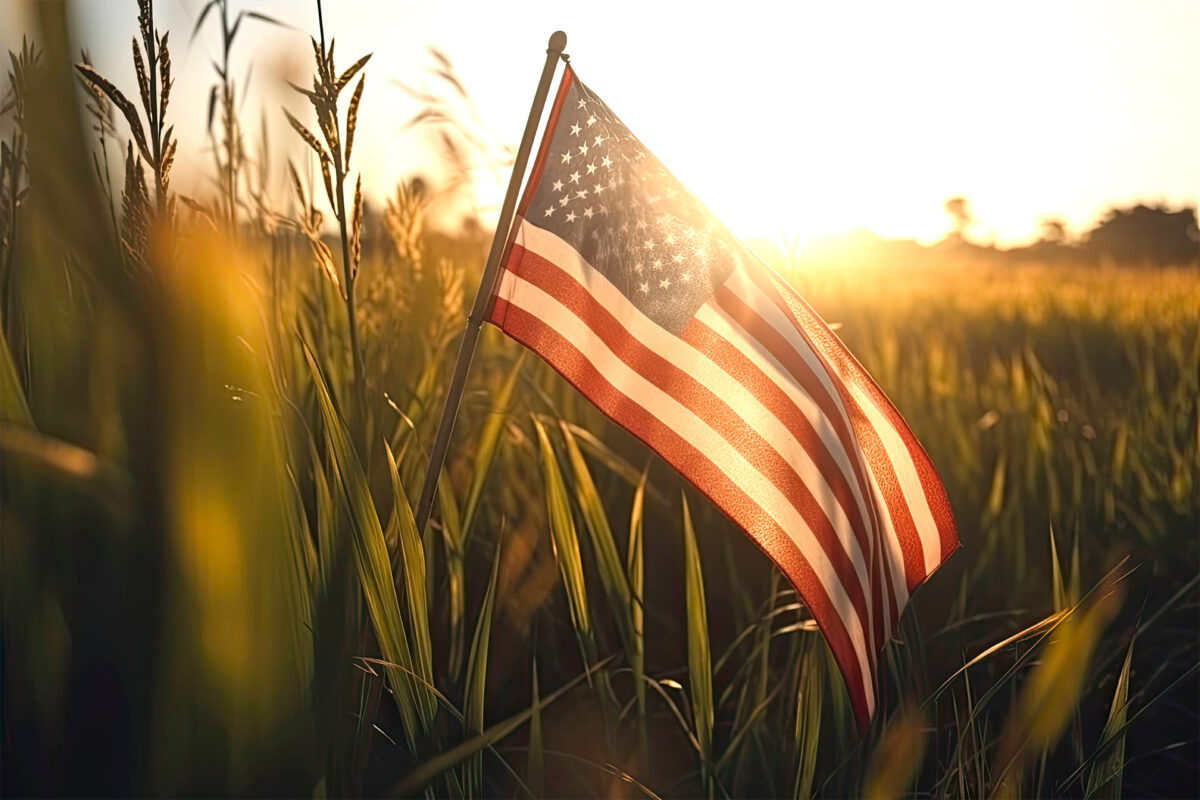The U.S. Department of Agriculture (USDA) Rural Development Loan Program seems to be the best-kept secret in commercial lending. If you haven’t heard of this government-guaranteed lending program founded in 1994, you’re not alone.
Think of it as the sister to the well-known Small Business Administration (SBA) loan program. Where SBA loans have two major buckets: SBA 7(a) and SBA 504, USDA has a plethora of different offerings based on each business’s unique needs. There are three major differentiators between SBA and USDA Business Loans.
- The maximum loan amount for an SBA loan sits at $5 million, whereas USDA Business Loans have specialized programs for $25 million loans and up.
- The SBA program bolsters cities, towns, and communities without any geographic constraint, whereas the USDA specializes in and was built specifically for ‘rural’ America. Businesses in rural America no longer are overlooked, as the USDA Rural Development Program was exclusively designed to bring funding to the often-forgotten communities of 50,000 people or less.
- For businesses seeking an SBA loan, they have a couple of different avenues or options to retrieve such funding. Straight to the SBA or through local banks and/or nationwide lenders. With the USDA Business & Industry Loan Program, businesses have no choice other than to find a direct lender who is qualified, registered, and approved to lend in the space.
Who is North Avenue Capital?
That’s where North Avenue Capital (NAC) comes in. NAC was founded in 2015 as there was a major gap in the leading lenders in the USDA Business Loan space. NAC saw a need to niche down to exclusively offer loans through one type of lending program: USDA Rural Development. It is the only program offered by NAC, making the company one of the top lenders in the space, dubbed #1 in 2020.
North Avenue Capital, a specialized USDA commercial lender based out of Ponte Vedra, Florida, seeks to build direct relationships with the USDA Rural Development entities at the state and national levels. Why? Because bringing a specialization to the space brings expertise, excellence, and distinction. Understanding the USDA inside and out equips NAC to better serve small businesses in need of funding. NAC’s consultative approach is evidence of the team’s genuine interest in partnering with business owners to grow rural businesses and create jobs in local communities.
NAC’s business has boomed in those seven years, so much so that a $10 billion and growing bank found the company attractive and acquired it in November 2021. NAC continues to lend USDA-guaranteed loans as a wholly owned subsidiary of Texas-based Veritex Community Bank, one of Fortune’s 100 Fastest Growing Companies in 2020 and 2021.
USDA Rural Development History
In 1994, the USDA crafted a novel solution to the capital challenges experienced by rural employers and entrepreneurs. The department best known for its regulation and support of agriculture devised a series of plans to strengthen the economies and bolster the quality of life in rural areas. The USDA addressed the underlying concerns of traditional lenders by participating as a guarantor and ultimately easing access to capital in rural markets.
SBA Loans vs. USDA Business Loans
Like SBA loans, USDA commercial loans are government-backed loans. SBA loans, as the name implies, are primarily set up for small businesses, typically defined as those with less than $5 million annually in after-tax income. Due to this, lending limits are inherently lower, typically maxing out at $5 million.
By contrast, USDA Loans can be made for many kinds of small and large businesses with lending amounts of up to $25 million, $40 million, and even $100 million, depending on the individual loan program under the Rural Development umbrella. Compared to SBA loans, USDA Rural Development loans also tend to have more favorable terms. For example, USDA Community Facilities Loans offer 40-year terms.
Unlike SBA loans, the USDA Rural Development Program does have a rural requirement. This means the business, branch, or franchise location receiving the funding must be in a rural location. The USDA defines rural as any city, town, or community with 50,000 or fewer residents according to the 2010 U.S. Census. Surprisingly, this includes 97% of America.
The USDA loan program is not limited to agriculture development, and the funds may be used to develop resorts or manufacturing facilities so long as the property is in a rural area. To find out if a particular location is classified as rural by the USDA, use NAC’s handy map tool.
Breaking Down the USDA Rural Development Loan Programs
The USDA offers four loan programs under the Rural Development (OneRD) umbrella: Business & Industry (B&I), Community Facilities (CF), Rural Energy for America Program (REAP), and Water & Waste Disposal. NAC is actively lending in three of those loan programs – B&I, CF, and REAP.
USDA Business & Industry Loan (B&I)
Designed to incentivize financial backing for the creation of businesses and jobs, USDA B&I Loans are available to for-profit businesses, nonprofits, co-ops, tribes, and public bodies in need of funds for qualifying projects in rural communities. Funds may be used for the expansion, repair, or development of a business, the purchase of land, buildings, facilities, equipment, supplies, or inventory, or the refinancing of debt that improves cash flow or creates jobs. What doesn’t qualify? Lines of credit, rental housing, golf courses, churches, and agricultural production.
USDA Community Facilities Loan (CF)
Unlike the B&I Loan, the Community Facilities Loan is not designed for commercial undertakings, but rather, to create facilities that provide essential services to rural communities. Such services can include healthcare, childcare, education, public gatherings, utilities, and food distribution, among others. If a local community needs a certain service to survive and thrive, chances are, a CF Loan could fund the construction or improvement of the facility that houses it.
USDA Rural Energy for America Program (REAP)
The Rural Energy for America Program (known as REAP) was established to equip rural small businesses and agricultural producers with funds for renewable energy systems and energy efficiency improvements. Renewable energy systems may include biomass, geothermal, hydropower, hydrogen, or wind power systems, among others. Energy efficiency improvements include high-efficiency heating and cooling systems, insulation, lighting, windows, and doors. Unlike the other programs, REAP is offered to agricultural producers as well as small business owners.
For more information on how a USDA Rural Development Loan can help grow your business, contact North Avenue Capital today. One of our loan specialists can assess your business needs, find the right loan program for your business, and assist with the application process. We have offices in Northeast Florida, Arkansas, Georgia, Tennessee, and Texas and partners for USDA loans in all 50 states.


